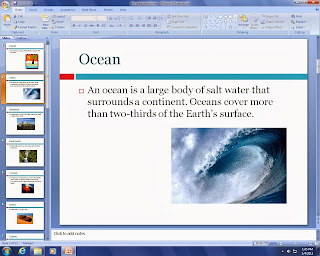Over the next week or two in Technology class, we will be taking an online test called the Scantron Performance Series. You will be taking tests in reading and math. You can work at your own pace, and there are no time limits.
These tests are like the Terra Nova tests, but taken online. The results will not appear on your report cards or affect your group placements... they are simply to help your teachers identify what skills you have mastered, and what you still need to work on.
We'll talk about the tests in class before you take them for the first time on Tuesday.
Mrs. Morell










